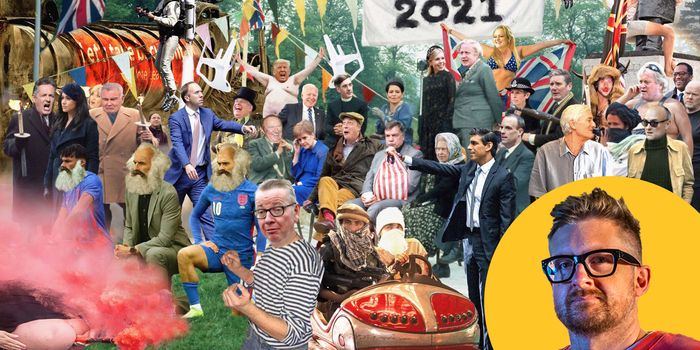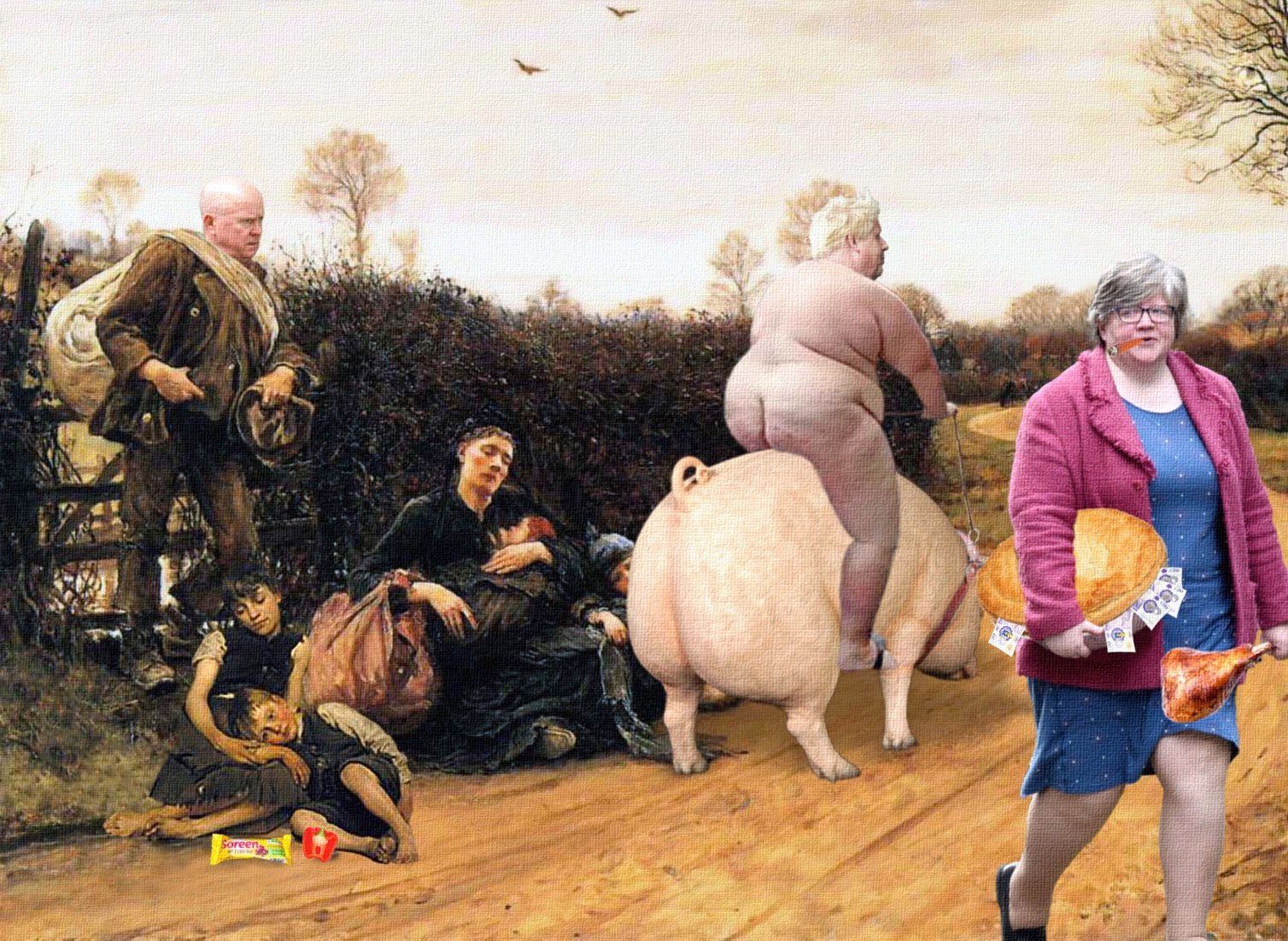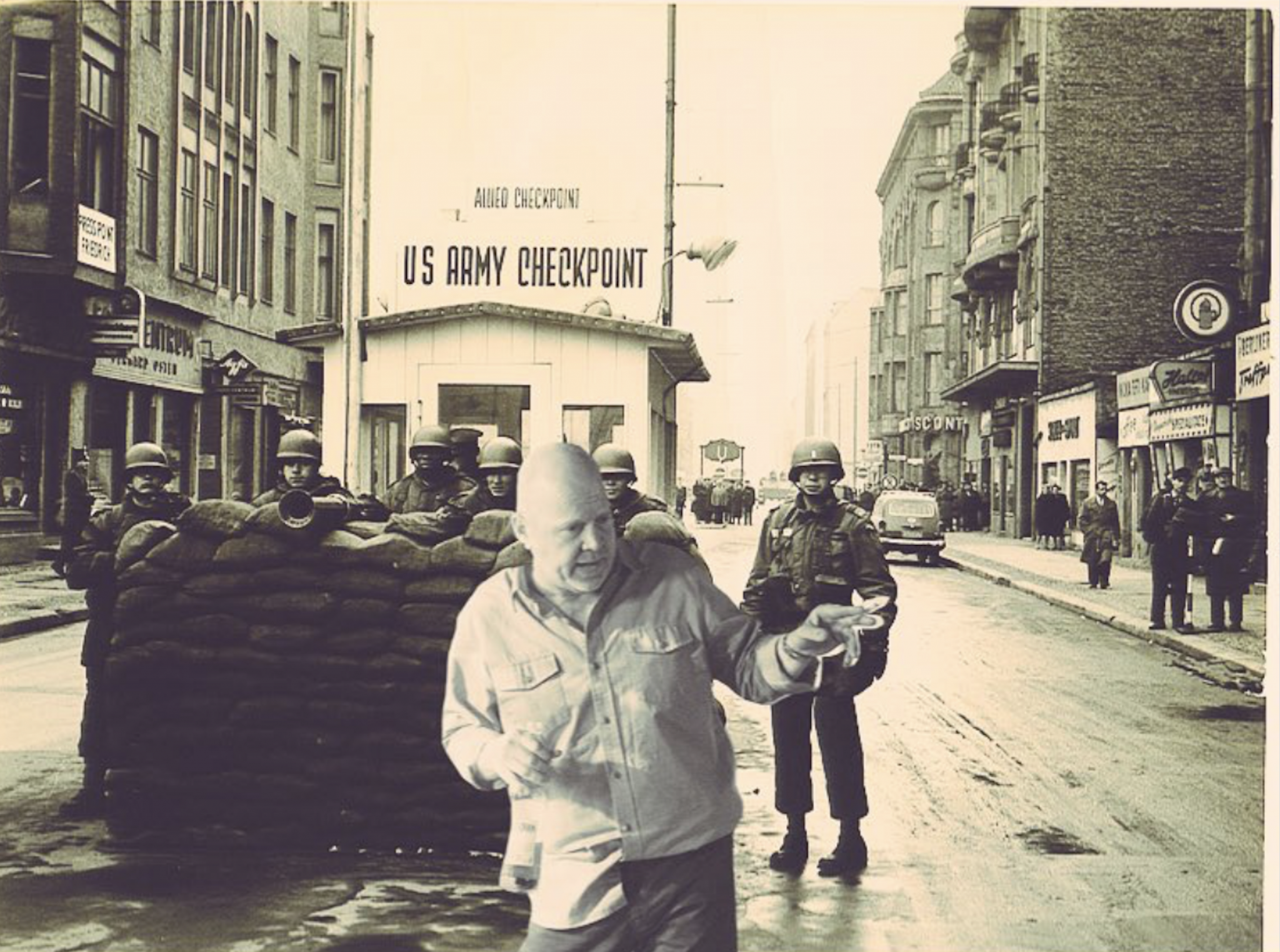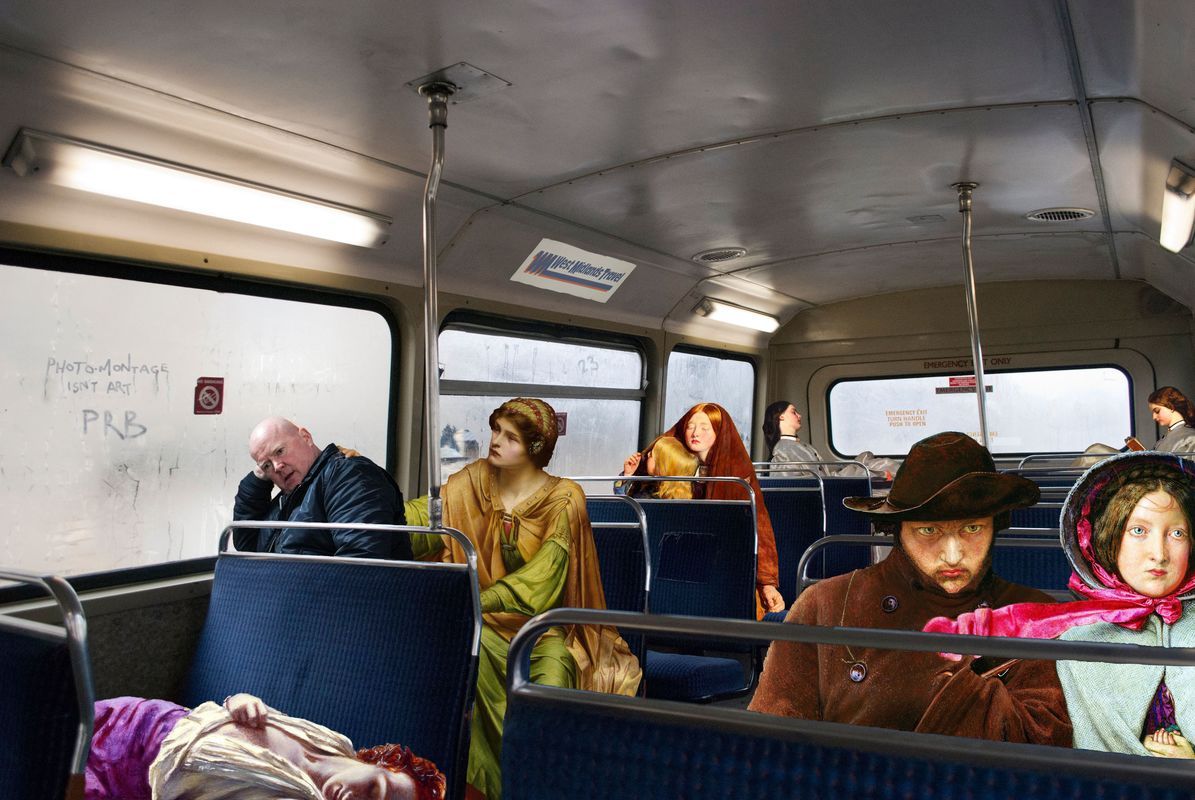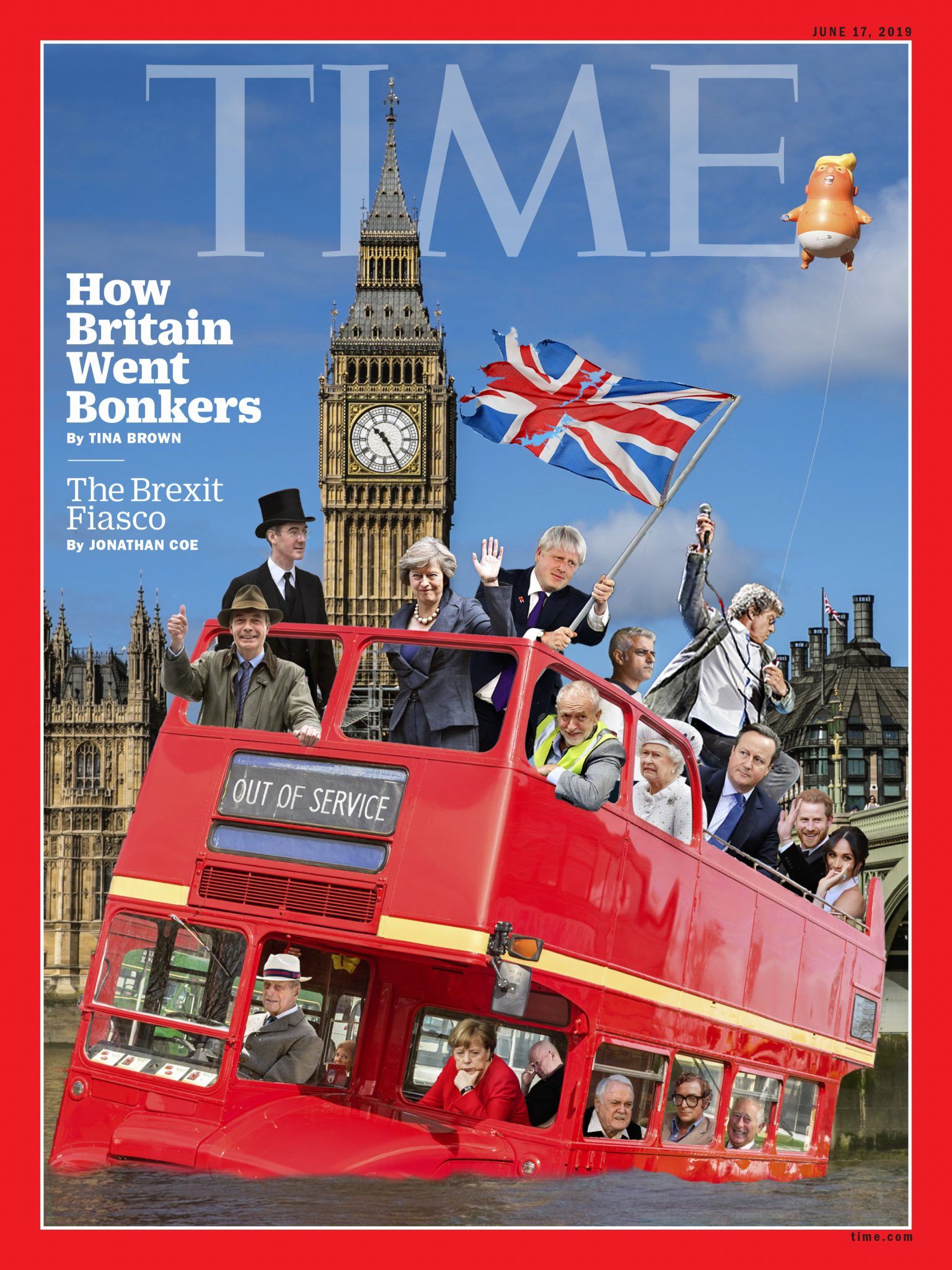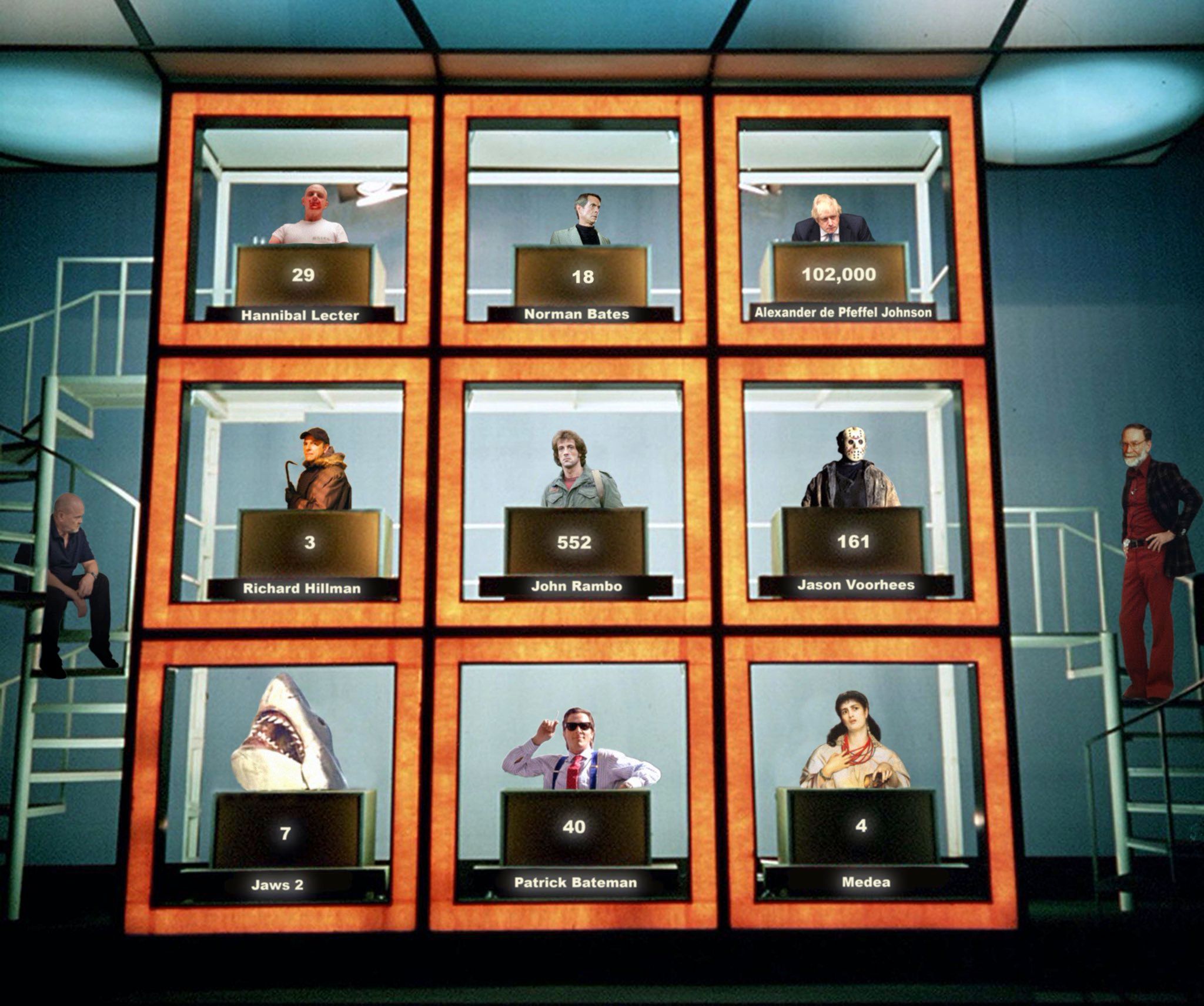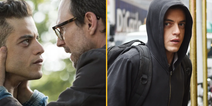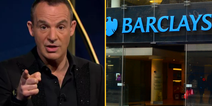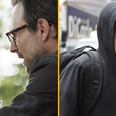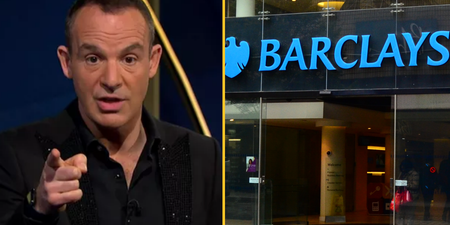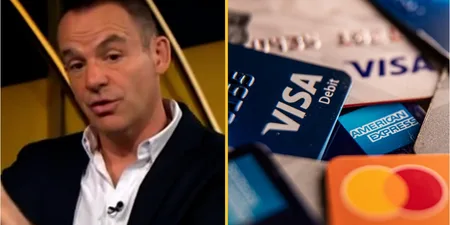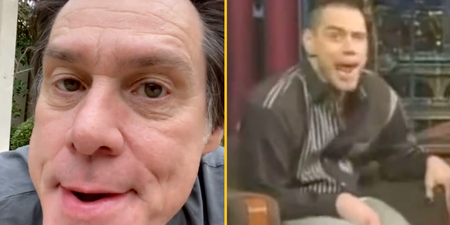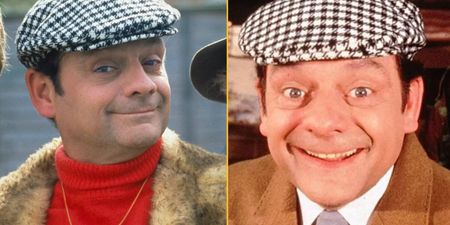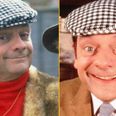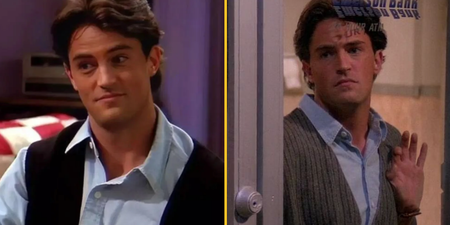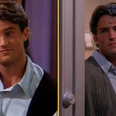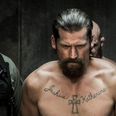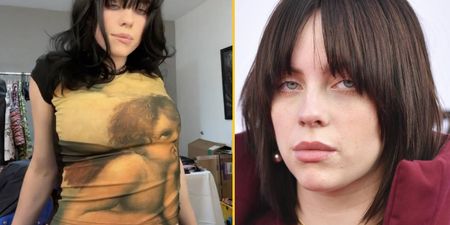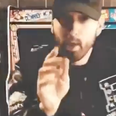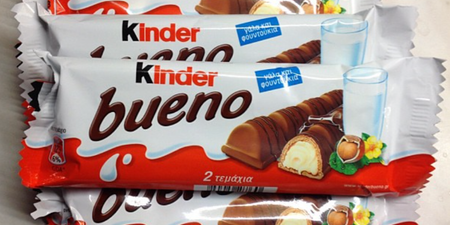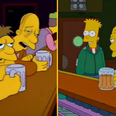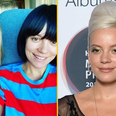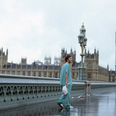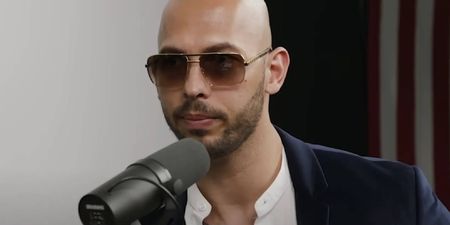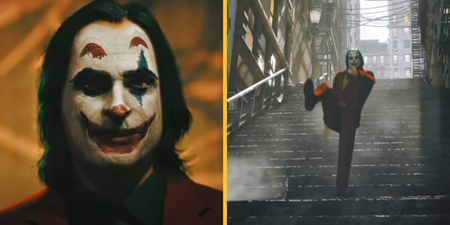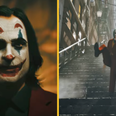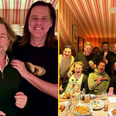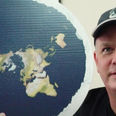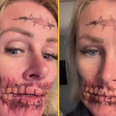No subject is off-limits for Cold War Steve, the social media satirist who went from cut and pasting Phil Mitchell to haunting our dreams with Boris’s naked backside.
Picture this: Boris Johnson, naked, riding a pig down a country lane. Passersby include Phil Mitchell from EastEnders and Thérèse Coffey, Secretary of State for Work and Pensions, who is carrying a large ham and a pie stuffed with cash while casually puffing on a cigar. A malt loaf lies discarded in the lane. No, this isn’t a throwback to our prime minister’s time at university, but rather the work of Cold War Steve, the internet’s favourite satirical artist. He’s 2021’s Banksy, except he works in tweets rather than on the streets.
Wherever the boundaries might lie for satirical art, Cold War Steve has smashed through them. Boris Johnson addresses the nation in lockdown surrounded by a pile of fish and, yes, those are body bags. Priti Patel gives a speech to an audience of Nazi salutes. Phil Mitchell, yes him again, mows down Nigel Farage with a van outside a petrol station. Steve makes newspaper cartoonists look weaker than a bad cuppa, or like they’re churning out propaganda for the government. Or both.
It might come as a surprise to his legions of followers to hear that Cold War Steve’s name is not Steve. It’s Chris Spencer. If you’re a fan of his work or have already noticed the pattern, he has a bit of a thing for Steve McFadden – the actor who plays EastEnders’ Phil Mitchell. “I won’t tell you where I got my stock of Phil Mitchell pictures from,” he says. “It was an inside source. I met them at this service station and they gave me this brown envelope full of pictures.” He is mostly joking.
The real origin of Cold War Steve is much less flippant. It started in a hospital bed. After years of struggling with alcoholism and working odd jobs that never satisfied him (he’s been everything from a road worker to a probation officer), Chris suffered a breakdown in 2016 and attempted suicide. It was then that Cold War Steve was born.
“There are free iPhone apps where you can cut and paste things. I started messing around and found it strangely therapeutic.” Then one day he had an idea. What if he inserted Phil Mitchell into some Cold War backgrounds? So he did. The first-ever Cold War Steve features a shifty Steve McFadden being watched by guards at Checkpoint Charlie, the famous crossing point that marked the border between East and West Berlin. It got 31 likes and 22 retweets. “That felt like a lot,” Chris says. So he made more, and more, and more.
“It would always be Phil Mitchell when he’s post-crack,” Chris says (Mitchell had a crack cocaine addiction storyline in EastEnders), “or holding a bottle of scotch. And it’s just the incongruity of him, like that, next to someone like the late US president Ronald Reagan.” I joke that perhaps he is Phil Mitchell, given the undeniable similarities, minus the crack, and he agrees. “Yeah, it is! It’s me and my audience.” His audience are, of course, important to him especially as now he is making a full-time living out of his art.
Chris continued to make the collages on his phone, often on his way to work at the Birmingham Probation Service. It’s not surprising then, that buses often crop up in Cold War Steve collages. One artwork shows a despondent Phil Mitchell surrounded by brooding pre-Raphaelite figures on a local bus, which has the words “photo montage isn’t art” drawn in the steam on the windows. Little did Chris know when he was sat tapping away on the bus that three years later one of his bus collages would adorn the cover of iconic US news magazine TIME magazine for their Brexit edition.
The jump between these two projects – Phil Mitchell’s Cold War exploits to the UK’s exit from the European Union – was also emotionally charged, just like the inception of Cold War Steve. “It’s no secret that I’m a Remainer, but on the day the result came in I just couldn’t believe what the hell we’d done. That anxiety would have led me to drink or whatever before, but now I had a tool to cope with it.” So Cold War Steve set his sights on Brexit Britain. “And that’s when it took off,” he says.
Chris’s Brexit collages started to cut through, but the first “big hitter” he remembers is a classic tale of Tory meets Pie. The picture features a host of Conservative bigwigs and other prominent political figures chasing after a tinned Fray Bentos pie (which you can probably find in your local supermarket for about £1.50) in a mock Gloucester Cheese Race. The Tories, coming up in front, run after the pie in a reference to the English tradition where locals run down a big hill after a wheel of rolling cheese.
They’re flanked by a crowd of key British household names – which today are a hallmark of any Cold War Steve piece – including Danny Dyer, Cliff Richard and Ant, of Ant and Dec. Chris explains: “I started using tinned pies after the government said, in response to Remainers’ worries about food shortages, there would be ‘adequate food’ after Brexit. Any such concerns were branded as ‘Project Fear’ at the time!”
This political pivot earned Cold War Steve his first surge in followers, a book deal (the aptly titled The Festival of Brexit) and, of course, the prestigious TIME magazine cover. Brexit was his thing. But then 2020 rolled around and we left the EU without a riot or revolution, which got Chris thinking he might actually have a quiet year.
You know what happens next. It begins with a P and ends in “demic”. Chris first realised the scale of what was going on when his wife, Katy, who works as a carer for the elderly, would return home from work every day with increasingly bad news. “Around March she was saying that another resident had died, every day. And they were bringing people in from hospitals that hadn’t been tested, and they were spreading it to the home.”
Insult was added to injury when Chris saw the then Health Secretary, Matt Hancock, insisting that he had placed a “protective ring” around care homes, which included providing them with adequate resources and, you guessed it, adequate testing. “I was listening to him thinking… this is bullshit.”
But this was the start of the pandemic and everyone was scared. Chris was more worried than ever about offending people. “I was thinking ‘Can I make fun of this? Or are people gonna say you’ve gone too far?’” He dipped his toe in the water, starting with more “gentle” satire, in his words, and then saw the response. Other people were angry too. Soon after, he added a new recurring cast member to his work – Dr Harold Shipman, Britain’s most prolific serial killer and ex GP, who is thought to have killed as many as 250 of his patients. In one collage, Shipman hosts an episode of Hollywood Squares (a 60s game show featuring nine celebrities), except the celebrities are replaced with fictional murderers and their respective body counts.
“Obviously I worried because putting someone like [Shipman] into an artwork is the height of bad taste, isn’t it? Inconsiderate to the families of many victims. But I wanted that shock of seeing him in one of these paintings. Plus, all his victims were elderly and vulnerable and our government was contributing to the unnecessary deaths of thousands of vulnerable, elderly people.” I am speaking to Chris in the week it was revealed that the government’s handling of the pandemic “cost thousands of lives” according to a report by MPs.
So yes, if you’re wondering, Cold War Steve is still angry. But for the first time in a long time, he’s also hopeful. “It’s protest art now, there’s no two ways about it,” he says. “In the old days I would have got drunk… but now I’ve got a message to get across. I just think it’s better with humour. Well, it’s the only way I know how.”
Cold War Steve’s third book has just been released and is available from all good bookshops – “especially nice independent ones” Chris makes sure to add – now.
